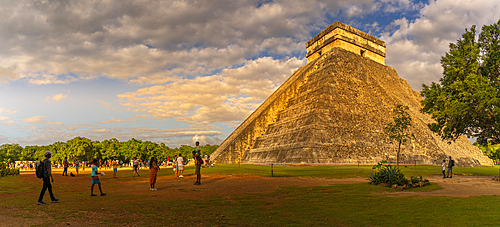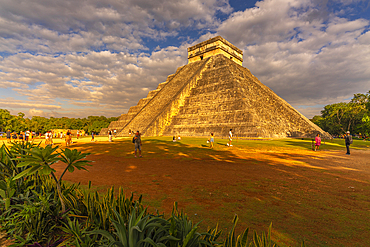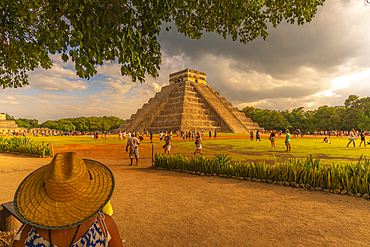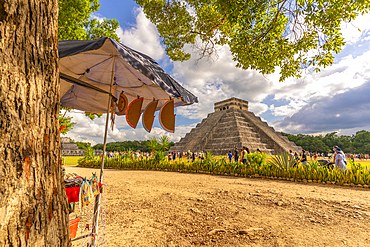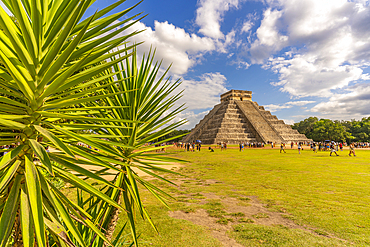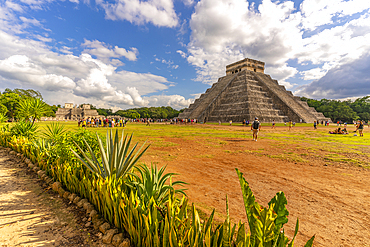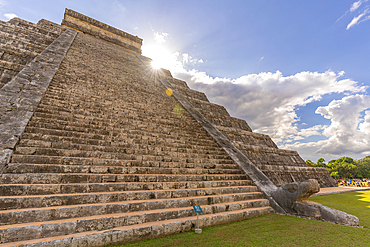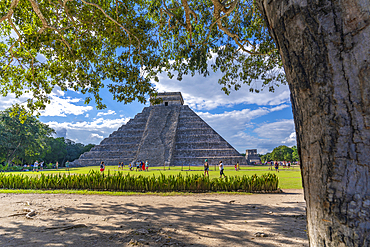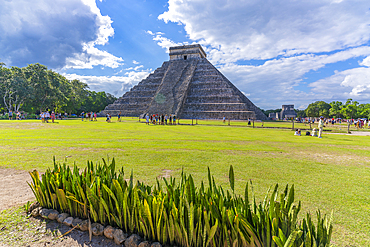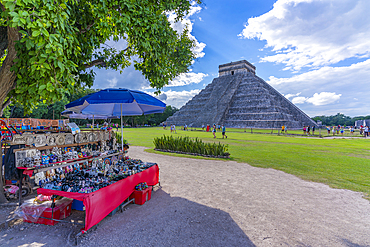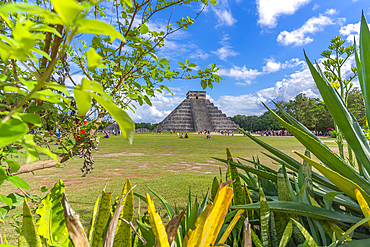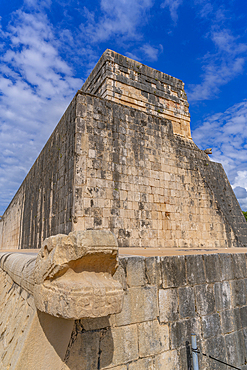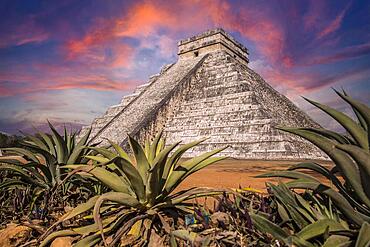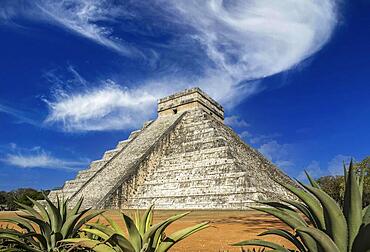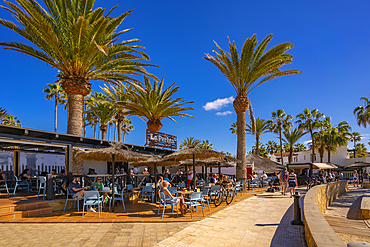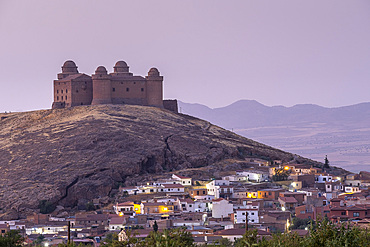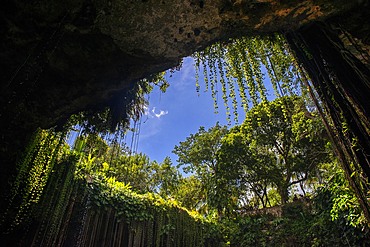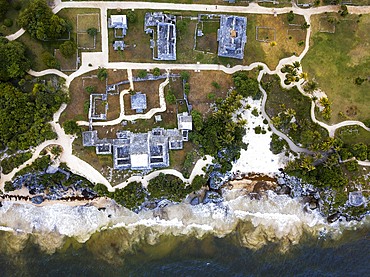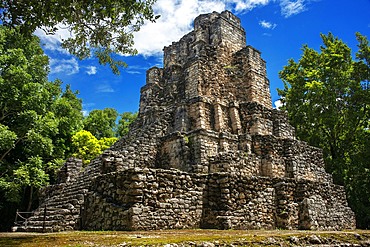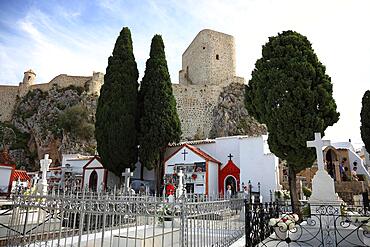Recent searches
Loading...
1384-251 - Black Spiny-tailed Iguana 'Ctenosaura similis', Chichen Itzá, Mayan ruins, Yucatan, Mexico
1384-250 - Surveyor at work, Temple of Panels, Templo de los Tableros Esculpidos, Chichen Itzá, Mayan ruins, Yucatan, Mexico
1384-249 - Archaeologists at work Chichen Itzá, Mayan ruins, Yucatan, Mexico
1384-248 - Stone columns Temple of the Warriors, Templo de los Guerreros, Chichen Itzá, Mayan ruins, Yucatan, Mexico
1384-247 - Walls of the ball court with stone hoop, Juego de Pelota, Chichen Itzá, Mayan ruins, Yucatan, Mexico
1384-243 - Archaeologists at work Chichen Itzá, Mayan ruins, Yucatan, Mexico
1384-242 - Sacred Cenote, Chichen Itzá, Mayan ruins, Yucatan, Mexico
1384-241 - Platform of Venus, Chichen Itzá, Mayan ruins, Yucatan, Mexico
1384-240 - Casa Colorado, Chichen Itzá, Mayan ruins, Yucatan, Mexico
1384-238 - Observatory building, El Caracol, Chichen Itzá, Mayan ruins, Yucatan, Mexico
1384-239 - Archaeologists at work Chichen Itzá, Mayan ruins, Yucatan, Mexico
1384-237 - Temple of Panels, Templo de los Tableros Esculpidos, Chichen Itzá, Mayan ruins, Yucatan, Mexico
1384-236 - Carved stonework details, Temple of Panels, Templo de los Tableros Esculpidos, Chichen Itzá, Mayan ruins, Yucatan, Mexico
1384-235 - Elaborate decorated stone facade in Monjas complex, Chichen Itzá, Mayan ruins, Yucatan, Mexico - The Nunnery or Nun's House
1384-234 - Elaborate decorated stone facade in Monjas complex, Chichen Itzá, Mayan ruins, Yucatan, Mexico - Iglesia or church building
1384-233 - Workers maintaining stonework at The Nunnery, Edificio de las Monjas, Chichen Itzá, Mayan ruins, Yucatan, Mexico
1384-232 - The Nunnery, Edificio de las Monjas, Chichen Itzá, Mayan ruins, Yucatan, Mexico
1384-231 - Observatory building, El Caracol, Chichen Itzá, Mayan ruins, Yucatan, Mexico
1384-230 - Archaeologists at work Chichen Itzá, Mayan ruins, Yucatan, Mexico
1384-228 - Carved stonework figure, Chichen Itzá, Mayan ruins, Yucatan, Mexico possibly an erotic image? One of the smaller buildings
1384-229 - The Ossuary building, Tomb of the Great Priest, Chichen Itzá, Mayan ruins, Yucatan, Mexico
1384-227 - Souvenir wooden carved face masks on sale, Chichen Itzá, Mayan ruins, Yucatan, Mexico
1384-226 - Temple of the Warriors, Templo de los Guerreros, Chichen Itzá, Mayan ruins, Yucatan, Mexico
1384-225 - Temple of the Warriors, Templo de los Guerreros, Chichen Itzá, Mayan ruins, Yucatan, Mexico
1384-224 - Workers maintaining stonework Eagles and Jaguars platform, Chichen Itzá, Mayan ruins, Yucatan, Mexico
1384-222 - Map of archaeological site, Chichen Itzá, Mayan ruins, Yucatan, Mexico
1384-223 - Temple of the Jaguars, Templo de los Jaguares, Chichen Itzá, Mayan ruins, Yucatan, Mexico
1384-221 - Carved stonework jaguar head with walls of the ball court, Juego de Pelota, Chichen Itzá, Mayan ruins, Yucatan, Mexico
1384-220 - Walls of the ball court, Juego de Pelota, Chichen Itzá, Mayan ruins, Yucatan, Mexico
1384-219 - Temple of the Jaguars, Templo de los Jaguares, Chichen Itzá, Mayan ruins, Yucatan, Mexico
1384-218 - Line of people waiting to enter, at Chichen Itzá, Mayan ruins, Yucatan, Mexico
1384-22 - Temple Of Kukulkan El Castillo pyramid, Chichen Itzá Mayan ruins, Yucatan, Mexico
1384-14 - The Ossuary building, Tomb of the Great Priest, Chichen Itzá, Mayan ruins, Yucatan, Mexico
1384-13 - Elaborate decorated stone facade in Monjas complex, Chichen Itzá, Mayan ruins, Yucatan, Mexico - The Nunnery or Nun's House
1384-12 - The Ossuary building, Tomb of the Great Priest, Chichen Itzá, Mayan ruins, Yucatan, Mexico
1384-11 - Temple of the Warriors, Templo de los Guerreros, Chichen Itzá, Mayan ruins, Yucatan, Mexico
1384-10 - Temple Of Kukulkan El Castillo pyramid, Chichen Itzá Mayan ruins, Yucatan, Mexico
1384-9 - Temple Of Kukulkan El Castillo pyramid, Chichen Itzá Mayan ruins, Yucatan, Mexico
801-3791 - Atlantes Figures (1000-1250 AD), from Chichen Itaza, Yucatan, National Museum of Anthropology, Mexico City, Mexico
801-3790 - Atlantes Figures (1000-1250 AD), from Chichen Itaza, Yucatan, National Museum of Anthropology, Mexico City, Mexico
844-32874 - View of El Castillo, The Pyramid of Kukulkán, UNESCO Mayan Ruin, Chichen Itza, Yucatan Peninsula, Quintana Roo, Caribbean Coast, Mexico
844-32873 - View of El Castillo, The Pyramid of Kukulkán, UNESCO Mayan Ruin, Chichen Itza, Yucatan Peninsula, Quintana Roo, Caribbean Coast, Mexico
844-32872 - View of El Castillo, The Pyramid of Kukulkán, UNESCO Mayan Ruin, Chichen Itza, Yucatan Peninsula, Quintana Roo, Caribbean Coast, Mexico
844-32871 - View of El Castillo, The Pyramid of Kukulkán, UNESCO Mayan Ruin, Chichen Itza, Yucatan Peninsula, Quintana Roo, Caribbean Coast, Mexico
844-32869 - View of El Castillo, The Pyramid of Kukulkán, UNESCO Mayan Ruin, Chichen Itza, Yucatan Peninsula, Quintana Roo, Caribbean Coast, Mexico
844-32870 - View of El Castillo, The Pyramid of Kukulkán, UNESCO Mayan Ruin, Chichen Itza, Yucatan Peninsula, Quintana Roo, Caribbean Coast, Mexico
844-32868 - View of El Castillo, The Pyramid of Kukulkán, UNESCO Mayan Ruin, Chichen Itza, Yucatan Peninsula, Quintana Roo, Caribbean Coast, Mexico
844-32867 - View of El Castillo, The Pyramid of Kukulkán, UNESCO Mayan Ruin, Chichen Itza, Yucatan Peninsula, Quintana Roo, Caribbean Coast, Mexico
844-32866 - View of El Castillo, The Pyramid of Kukulkán, UNESCO Mayan Ruin, Chichen Itza, Yucatan Peninsula, Quintana Roo, Caribbean Coast, Mexico
844-32864 - View of El Castillo, The Pyramid of Kukulkán, UNESCO Mayan Ruin, Chichen Itza, Yucatan Peninsula, Quintana Roo, Caribbean Coast, Mexico
844-32865 - View of El Castillo, The Pyramid of Kukulkán, UNESCO Mayan Ruin, Chichen Itza, Yucatan Peninsula, Quintana Roo, Caribbean Coast, Mexico
844-32863 - View of El Castillo, The Pyramid of Kukulkán, UNESCO Mayan Ruin, Chichen Itza, Yucatan Peninsula, Quintana Roo, Caribbean Coast, Mexico
844-32862 - View of El Castillo, The Pyramid of Kukulkán, UNESCO Mayan Ruin, Chichen Itza, Yucatan Peninsula, Quintana Roo, Caribbean Coast, Mexico
844-32861 - View of El Castillo, The Pyramid of Kukulkán, UNESCO Mayan Ruin, Chichen Itza, Yucatan Peninsula, Quintana Roo, Caribbean Coast, Mexico
844-32860 - View of El Castillo, The Pyramid of Kukulkán, UNESCO Mayan Ruin, Chichen Itza, Yucatan Peninsula, Quintana Roo, Caribbean Coast, Mexico
844-32858 - View of El Castillo, The Pyramid of Kukulkán, UNESCO Mayan Ruin, Chichen Itza, Yucatan Peninsula, Quintana Roo, Caribbean Coast, Mexico
844-32859 - View of El Castillo, The Pyramid of Kukulkán, UNESCO Mayan Ruin, Chichen Itza, Yucatan Peninsula, Quintana Roo, Caribbean Coast, Mexico
844-32857 - View of El Castillo, The Pyramid of Kukulkán, UNESCO Mayan Ruin, Chichen Itza, Yucatan Peninsula, Quintana Roo, Caribbean Coast, Mexico
844-32856 - View of El Castillo, The Pyramid of Kukulkán, UNESCO Mayan Ruin, Chichen Itza, Yucatan Peninsula, Quintana Roo, Caribbean Coast, Mexico
844-32855 - View of Mayan Ruin, UNESCO, Chichen Itza, Yucatan Peninsula, Quintana Roo, Caribbean Coast, Mexico
1265-324 - Castillo de Colomares, a castle monument dedicated to Christopher Columbus, Benalmadena, Andalusia, Spain, Europe
832-404269 - Sunset at the spectacular Chichen Itza Pyramid in the province of Cancun. Mexico
832-404187 - Beautiful pyramid of Chichen Itza UNESCO heritage. Yucatan, Mexico, Central America
1184-8879 - Havana Castle of the Royal Force (Castillo de la Real Fuerza), UNESCO World Heritage Site, Havana, Cuba, West Indies, Central America
1184-8869 - Havana Castle of the Royal Force (Castillo de la Real Fuerza), UNESCO World Heritage Site, Havana, Cuba, West Indies, Central America
832-402003 - Republic of Colombia, Colombia, Departamento Bolivar, City of Cartagena de Indias, part of the castle complex, Castillo San Philippe de Barajas, cannons, Colombia, South America
1160-5138 - Sunset at Playa del Castillo, El Cotillo, Fuerteventura, Canary Islands, Spain, Atlantic, Europe
1160-5134 - Waves at Playa del Castillo beach, El Cotillo, Fuerteventura, Canary Islands, Spain, Atlantic, Europe
832-398554 - View over the cannons of the fortress Castillo de la Virgen to the capital Santa Cruz, La Palma Island, Canary Islands, Spain, Europe
844-28520 - View of coastline near Castillo Caleta de Fuste, Fuerteventura, Canary Islands, Spain, Atlantic, Europe
844-28519 - View of cafes and bars at Playa del Castillo Beach in Castillo Caleta de Fuste, Fuerteventura, Canary Islands, Spain, Atlantic, Europe
844-28514 - View of Playa del Castillo Beach in Castillo Caleta de Fuste, Fuerteventura, Canary Islands, Spain, Atlantic, Europe
844-28507 - View of marina and aquarium in Castillo Caleta de Fuste, Fuerteventura, Canary Islands, Spain, Atlantic, Europe
1350-6512 - Castillo de la Calahorra castle, La Calahorra, Andalusia, Spain
1350-6636 - Aerial view of Mayan Ruin of Chichen Itza Archaeological Site Yucatan Peninsula, Quintana Roo, Caribbean Coast, Mexico
1350-6635 - Aerial view of Mayan Ruin of Chichen Itza Archaeological Site Yucatan Peninsula, Quintana Roo, Caribbean Coast, Mexico
1350-6630 - Swimming at Cenote Ik Kil in Yucatan, Mexico, a natural pit, or sinkhole near Chichen Itza. Yucatan Peninsula, Quintana Roo, Mexico. Ik Kil was sacred to the Mayans who used this cenote for both relaxation and ritual services centuries ago.
1350-6628 - Cenote Ik Kil in Yucatan, Mexico, a natural pit, or sinkhole near Chichen Itza. Yucatan Peninsula, Quintana Roo, Mexico. Ik Kil was sacred to the Mayans who used this cenote for both relaxation and ritual services centuries ago.
1350-6597 - Aerial views of El Castillo and the Ruins of the Mayan temple grounds at Tulum, Quintana Roo, Yucatan, Mexico. Tulum is the site of a pre-Columbian Mayan walled city which served as a major port for Coba, in the Mexican state of Quintana Roo. The ruins are situated on 12 meter 39 ft tall cliffs along the east coast of the Yucatán Peninsula on the Caribbean Sea in the state of Quintana Roo, Mexico. Tulum was one of the last cities built and inhabited by the Maya; it was at its height between the 13th and 15th centuries and managed to survive about 70 years after the Spanish began occupying Mexico. Old World diseases brought by the Spanish settlers appear to have resulted in very high fatalities, disrupting the society, and eventually causing the city to be abandoned.
1350-6599 - Aerial views of El Castillo and the Ruins of the Mayan temple grounds at Tulum, Quintana Roo, Yucatan, Mexico. Tulum is the site of a pre-Columbian Mayan walled city which served as a major port for Coba, in the Mexican state of Quintana Roo. The ruins are situated on 12 meter 39 ft tall cliffs along the east coast of the Yucatán Peninsula on the Caribbean Sea in the state of Quintana Roo, Mexico. Tulum was one of the last cities built and inhabited by the Maya; it was at its height between the 13th and 15th centuries and managed to survive about 70 years after the Spanish began occupying Mexico. Old World diseases brought by the Spanish settlers appear to have resulted in very high fatalities, disrupting the society, and eventually causing the city to be abandoned.
1350-6596 - Estructura 8I-13 El Castillo at Chunyaxche Muyil Maya ruins, rainforest near Tulum, Yucatan Peninsula, Quintana Roo, Mexico
1350-6645 - El Castillo, The Pyramid of Kukulkán, is the Most Popular Building in the UNESCO Mayan Ruin of Chichen Itza Archaeological Site Yucatan Peninsula, Quintana Roo, Caribbean Coast, Mexico
1350-6644 - The Church and Nunnery at Chichen Itza Archaeological Site in Yucatan Peninsula, Quintana Roo, Caribbean Coast, Mexico
1350-6643 - Stony stairs of tomb of the High Priest pyramid at Chichen Itza Archaeological Site in Yucatan Peninsula, Quintana Roo, Caribbean Coast, Mexico
1350-6642 - The Great Ball Court in the Mayan Ruins of Chichen Itza Archaeological Site Yucatan Peninsula, Quintana Roo, Caribbean Coast, Mexico
1350-6640 - Serpent head sculpture in Mayan Ruin of Chichen Itza Archaeological Site in Yucatan Peninsula, Quintana Roo, Caribbean Coast, Mexico
1350-6639 - El Castillo, The Pyramid of Kukulkán, is the Most Popular Building in the UNESCO Mayan Ruin of Chichen Itza Archaeological Site Yucatan Peninsula, Quintana Roo, Caribbean Coast, Mexico
1350-6637 - El Castillo, The Pyramid of Kukulkán, is the Most Popular Building in the UNESCO Mayan Ruin of Chichen Itza Archaeological Site Yucatan Peninsula, Quintana Roo, Caribbean Coast, Mexico. Asian tour leder dressed in a maya style.
1350-6638 - El Castillo, The Pyramid of Kukulkán, is the Most Popular Building in the UNESCO Mayan Ruin of Chichen Itza Archaeological Site Yucatan Peninsula, Quintana Roo, Caribbean Coast, Mexico
832-397709 - Travel Mexico background, Anicent Maya mayan pyramid El Castillo (Kukulkan) in Chichen-Itza, Mexico, Central America
832-397086 - Pania, Andalusia, municipality of Olvera in the province of Cadiz, located on the Ruta de los Pueblos Blancos, Road of the White Villages, cemetery below the Castillo Arabe, Spain, Europe
801-3086 - Turtle Temple in the foreground, Kukulcan Temple (Castillo) in the background, Mayan Ruins, Mayapan Archaeological Zone, Yucatan State, Mexico, North America
801-3087 - Round Temple in centre and Kukulcan Temple (Castillo), Mayan Ruins, Mayapan Archaeological Zone, Yucatan State, Mexico, North America
844-25009 - View of Castillo del Aguila o de las Coloradas at sunset, Playa Blanca, Lanzarote, Canary Islands, Spain, Atlantic, Europe
1350-4702 - Group of the Thousand Columns, Chichen Itza Archaeological Site, Chichen Itza, Yucatan State, Mexico
1350-5005 - El Castillo, Pyramid of Kukulkan, Chichen Itza Archaeological Site, Chichen Itza, Yucatan State, Mexico
1350-4923 - El Castillo, Pyramid of Kukulkan, Chichen Itza Archaeological Site, Chichen Itza, Yucatan State, Mexico











































